Amsterdam’s EYE Museum is currently exhibiting several works by the artist Rosa Barba, whose extensive installation now also adorns the SCHIRN Rotunda. A visit
Anyone taking a city break in Amsterdam over the next few months would do well to pay a visit to the EYE, the Netherlands’ national film institute. It’s worth a visit simply for the free ferry ride to the museum and the remarkable architecture that was designed by Viennese architecture firm Delugan Meissl. From the outside it appears rather like a grounded UFO, while inside it is surprisingly spacious and open. The enormous glass façade on the water virtually allows the dividing line between inside and outside to merge. The spacious tiered structure and the popular museum café with its spectacular view invite visitors to linger. Numerous ceiling lights by Olafur Eliasson exude additional light and an upmarket feel.

The reason why a visit to the EYE is particularly worthwhile right now, however, is the current special exhibition “Celluloid”. The exhibition offers those who have already had the opportunity to see Rosa Barba’s impressive Rotunda installation at the SCHIRN the possibility of adding to the impressions gained in Frankfurt in a most illuminating way. Rosa Barba is represented with three works as one of six artistic positions in this exhibition, which will appeal equally to both film fans and lovers of aesthetics.
Shadows on the wall
The fact that “Celluloid” involves analog films becomes clear as soon as you enter the exhibition. As your eyes adjust to the darkened rooms you start to hear the noise of the projectors humming and rattling. In the middle of the route stands a projector on a plinth, from which film pours forth by the meter. The “celluloid” of the title winds around its podium and forms a sizeable heap. This work is “Light Spill” (2005) by the artist duo Sandra Gibson and Luis Recoder. The projector has now been turned off, probably so as not to block the route entirely.

Instead, something moves in the back corner of the room: Rosa Barba’s work “Western Round Table” (2007). Transparent film runs on two projectors facing each other, underpinned by various fragments of sound from films by Fellini. Instead of projecting images, the projectors cast the shadows of each other onto the opposite wall. In line with the title, this rather ghostly seeming dialog is reminiscent of a historic gathering of artists after World War II which, due to a lack of documentation, has become an art-historical event steeped in secrecy.
Wonderfully abstract color effects
The adjoining rooms are pleasantly spacious, with just one work to a room in many cases. One example is the contribution by Tacita Dean with its programmatic title “FILM”, a work that was developed in 2011 for the monumental Turbine Hall of London’s Tate Modern. The vertically projected film strip is a poetic film collage that can be understood as an homage to analog film techniques. Dean used only analog processes, for example for coloring the images of colored glass, not entirely unlike Rosa Barba’s installation at the SCHIRN.


Following that, you find a spatial installation with three projectors by Gibson and Recoder. The artist duo illuminated rolls of film of different lengths in a rolled-up state. The result is wonderfully abstract color effects which, to our eyes now so accustomed to digital color pixels, appear fuzzy and somehow nostalgic. It’s at this point at the latest that SCHIRN regulars will be reminded of the similarly named exhibition “Celluloid – Cameraless Film” from 2010, in which one of these films (“Yellow Red” from 1999) was exhibited.
Exotic and fascinating
The fact that the exhibition has thus far unfolded with no classic moving images becomes abruptly clear when you enter the next room by João Gusmão and Pedro Paiva. In a kind of battle of attrition with no fewer than 21 projectors and projections arranged at different heights in a complex plywood frame, short film loops are shown: flapping birds, a washing machine hurling out leopard-print laundry, two people throwing a big stone into water, flickering light fixtures or an ostrich egg rotating on its own axis. Through their presentation, repetition and the seemingly ahistorical technique, these actually rather banal and contemporary scenes appear as remarkably exotic and fascinating as an ethnographic collection from a long-lost era.


The exhibition concludes with two works by Rosa Barba. The larger of the two is called “Bending to Earth” and was already shown in 2015 in Okwui Enwezor’s exhibition “All the World’s Futures” at the Venice Biennale. On a pictorial level the work shows radioactive fields, generally permanent disposal sites for nuclear waste in the USA, which Barba filmed – in analog, of course – from the air in slow, circular movements. The images are supplemented by a text and sound collage made up of radio recordings. An impressive projector is also part of this work. The almost monstrous machine with its huge, horizontally mounted spool is an Italian invention from the 1950s. It is able to play a full feature film in a loop, entirely without a human projectionist.
Virtually hypnotic
The anonymized film technology never saw success, however, as emphasized by Barba’s model, which seems as though it could represent an extinct species. In one corner of the room, small and delicate, is “Invisible Act” from 2010. A projector positioned directly in front of the wall casts a small rectangle of light onto it. Empty “frames” run through the projector and are projected onto the wall. At the same time, the light is reflected back from the wall onto the projector. A ball is rolling on a transport track into which the film is guided. Through the incessant, monotonous movements of projector, film, ball and flickering light image, this actually very simple experimental assemblage develops a virtually hypnotic effect.


Seeing Rosa Barba’s works in the context of this exhibition and in direct comparison with works by other artists who likewise work with analog film as a medium represents an exciting enhancement of the installation at the SCHIRN. Immediately recognizable as Barba’s handiwork is the clear and conceptual nature of her works, combined with a keen sense for aesthetics. Unlike those of Tacita Dean or Gusmão and Paiva, her pieces include projections, but often no actual images. This may have surprised some visitors to the installation at the Rotunda. But whether or not empty or monochrome frames actually show “nothing” is something that could be discussed at length.
Behind the illusion of film
In Barba’s art they sometimes quite directly reference an almost narrative idea of emptiness or absence, as in the case of “Invisible Act” or “Western Round Table”. At the same time, these “empty images” draw our attention back to the material itself, the rattling projectors and their mechanism, the endlessly rotating strips of film, the light, and so on. When Rosa Barba uses the medium of film as an aesthetic object and as an artwork, she throws light – in the truest sense of the term – on the otherwise hidden conditions behind the illusion of film.


At the mercy of waiting
Artist Bani Abidi is dedicated to the dark absurdities of everyday life. In her video work "The Distance from Here" bureaucracy takes over and waiting...

Carlos Bunga. I Always Tried to Imagine my Home
New art in the SCHIRN Rotunda: With his architectural installations, artist Carlos Bunga creates temporary works that focus on becoming and perishing...
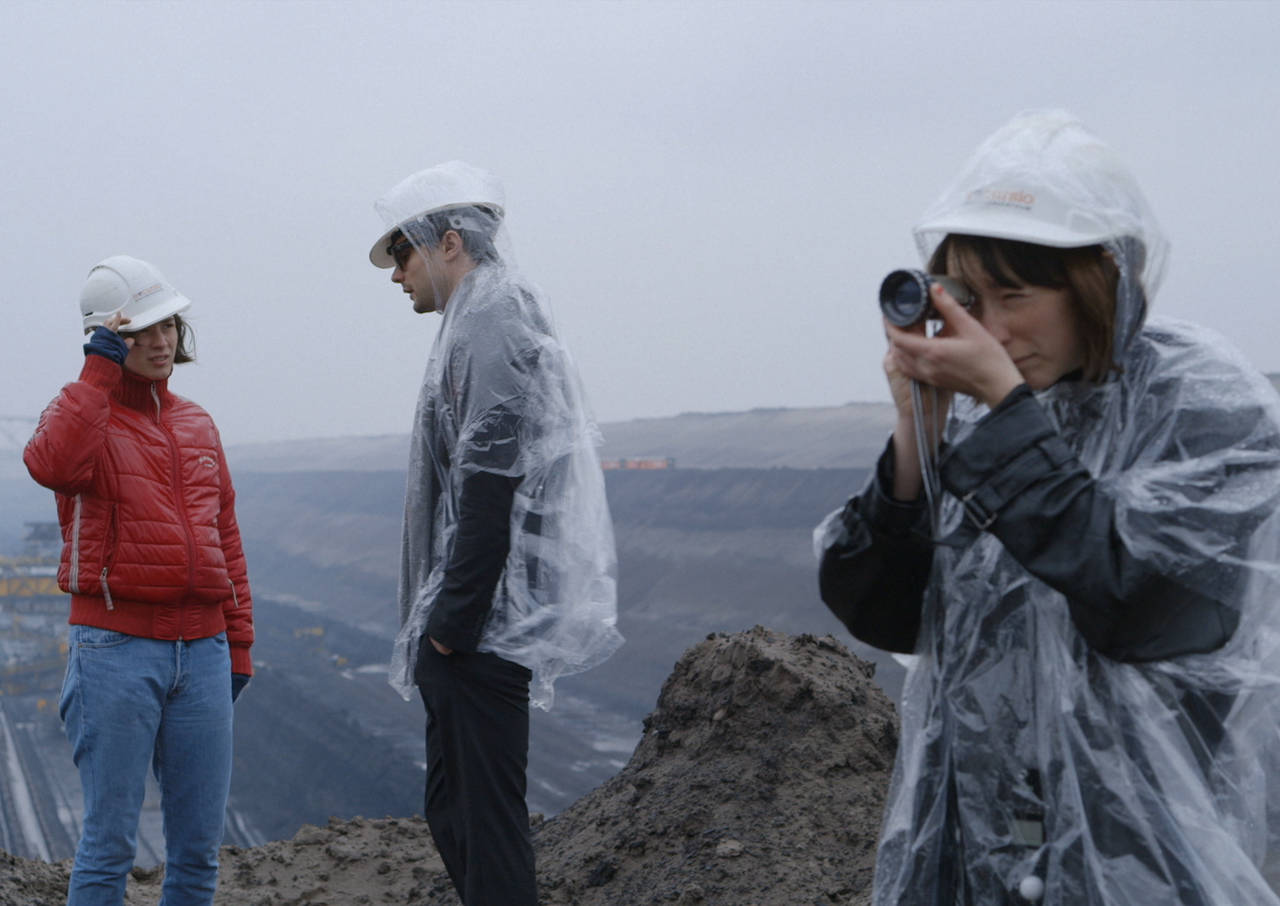
“Please don’t make a film about Godard!”
A film about filmmaking sounds a bit meta. But Kristina Kilian’s video work takes us on a ghostly journey through Godard’s Germany after the fall of...
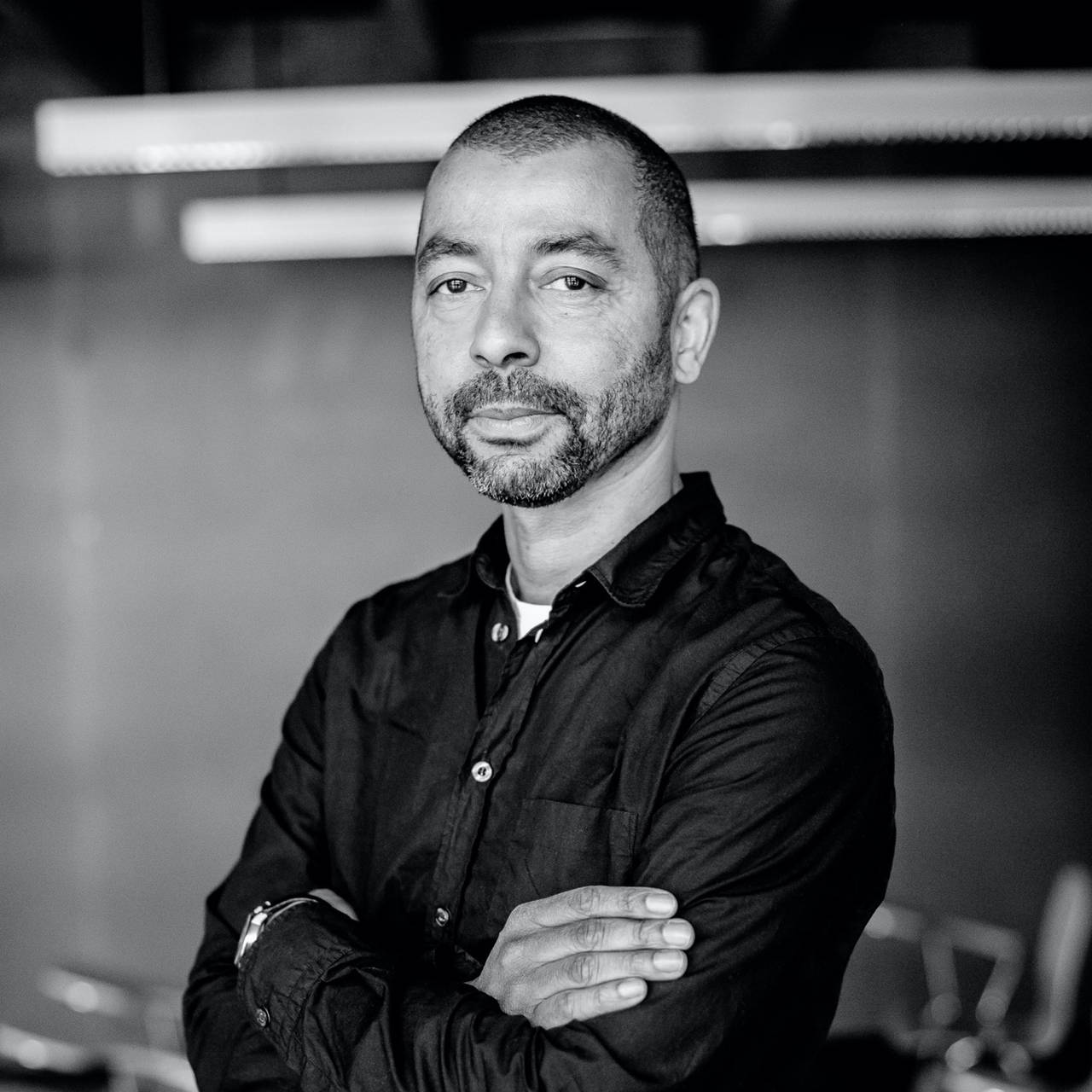
Black is not a Color
In a film series, Oliver Hardt combines the themes from Kara Walker’s work with the perspectives of Black people in Germany. In conversation with...
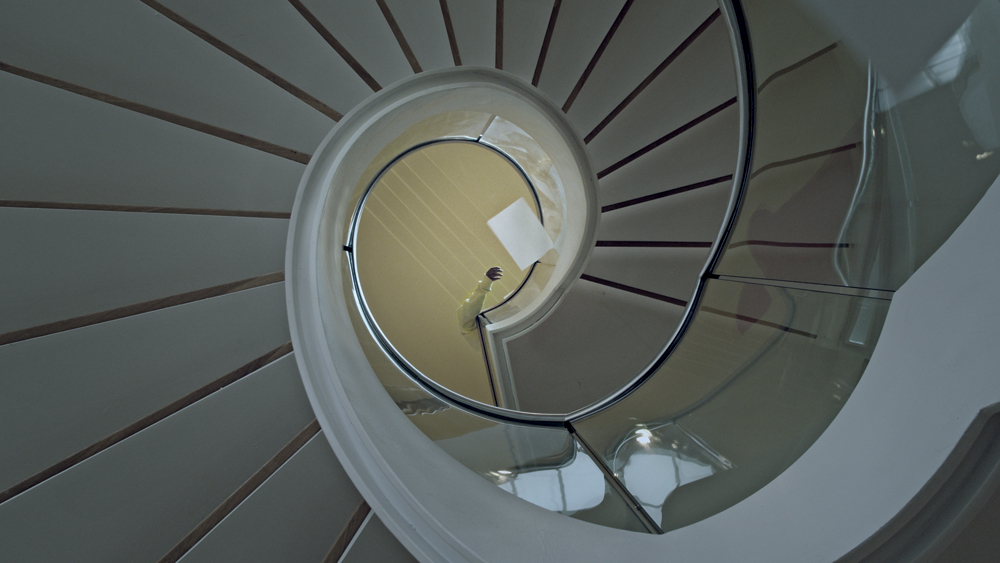
How do we Remember?
In which places does history become visible? And what do we remember at all? Maya Schweizer begins her search for clues in the sewers and slowly feels...

From Studio to Dining Table: Tracey Emin
Are artists particularly creative when it comes to cooking? A look into the kitchens of the art world. This time with Tracey Emin, expert for caviar...
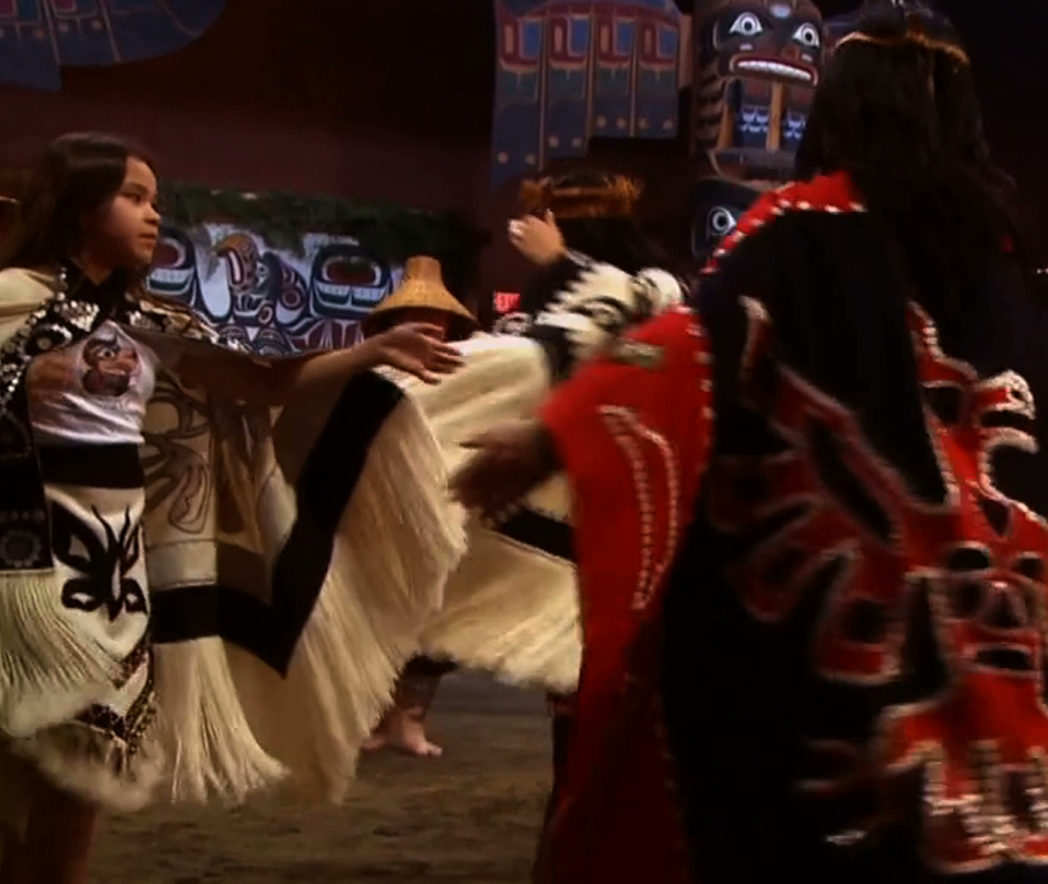
Film highlights from South and North America
How can we break with the power relations of the past and create a decolonial future? A look at the representation of Indigenous women in film.
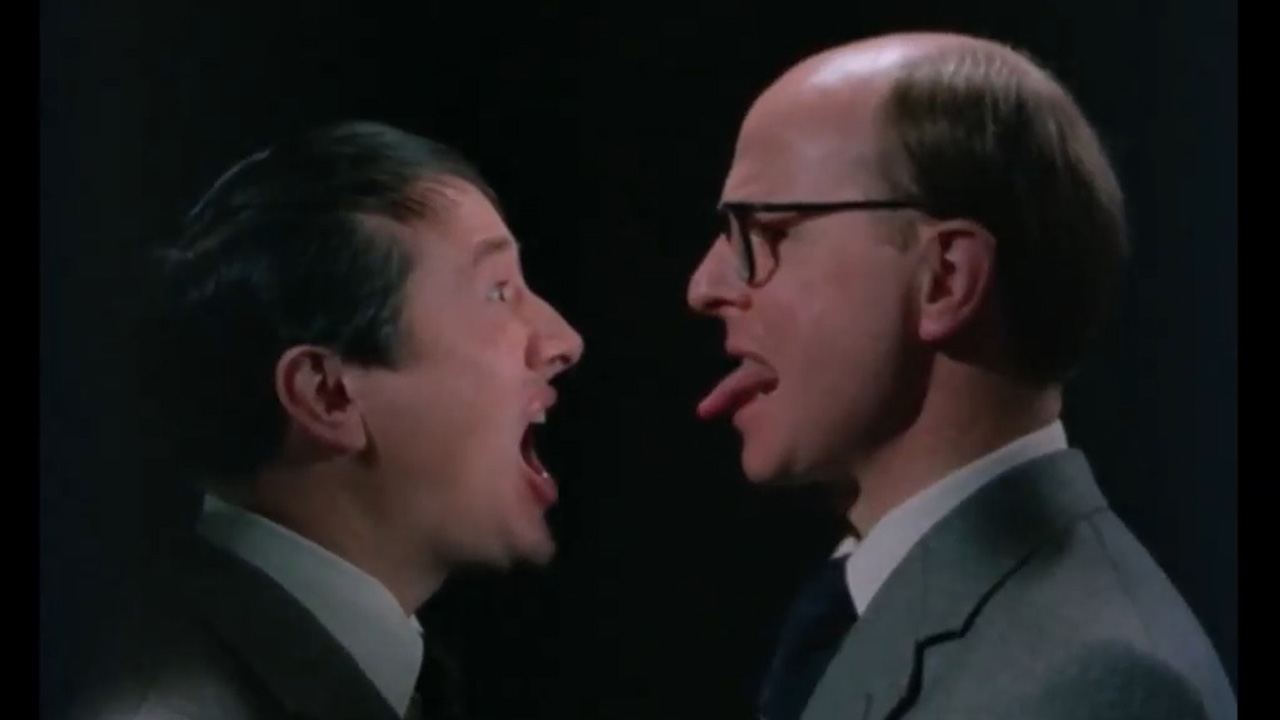
Must See: The World of Gilbert & George
Eccentric, fascinating, repulsive, entertaining and full of symbols: “The World of Gilbert & George” is a collage about the artifice of everyday life...